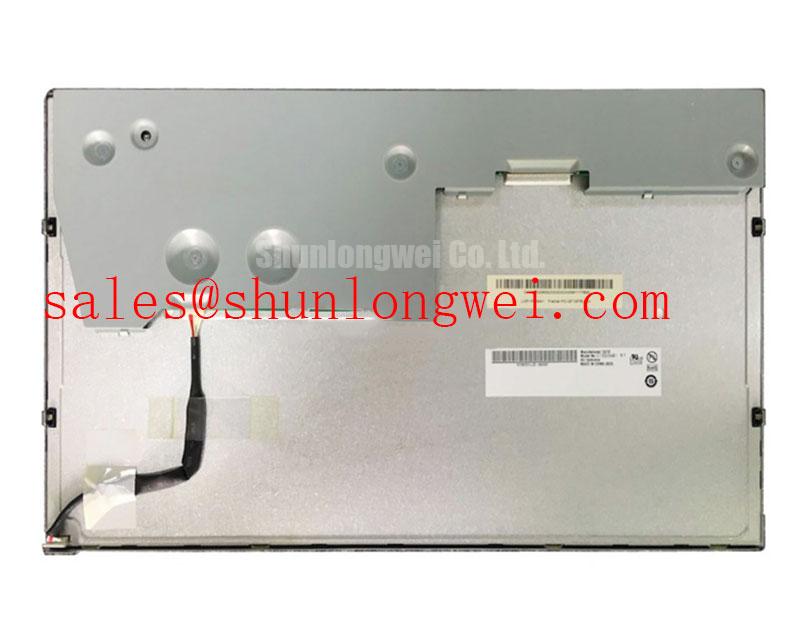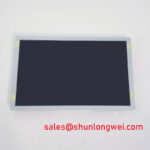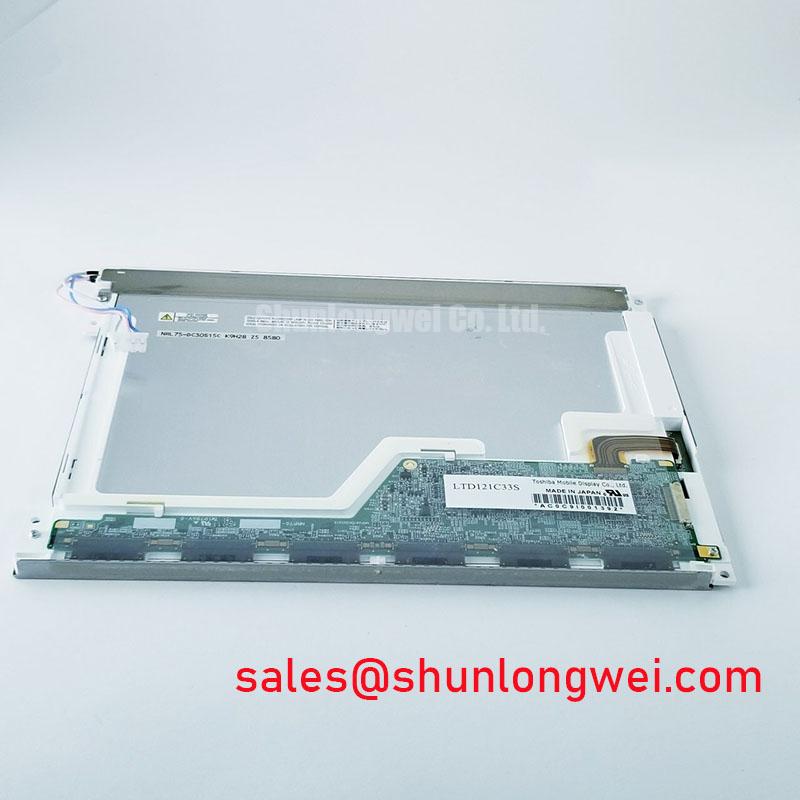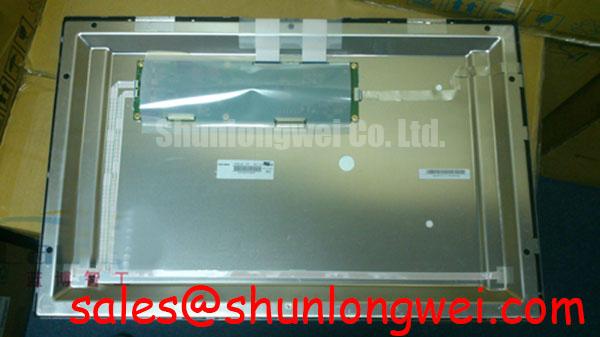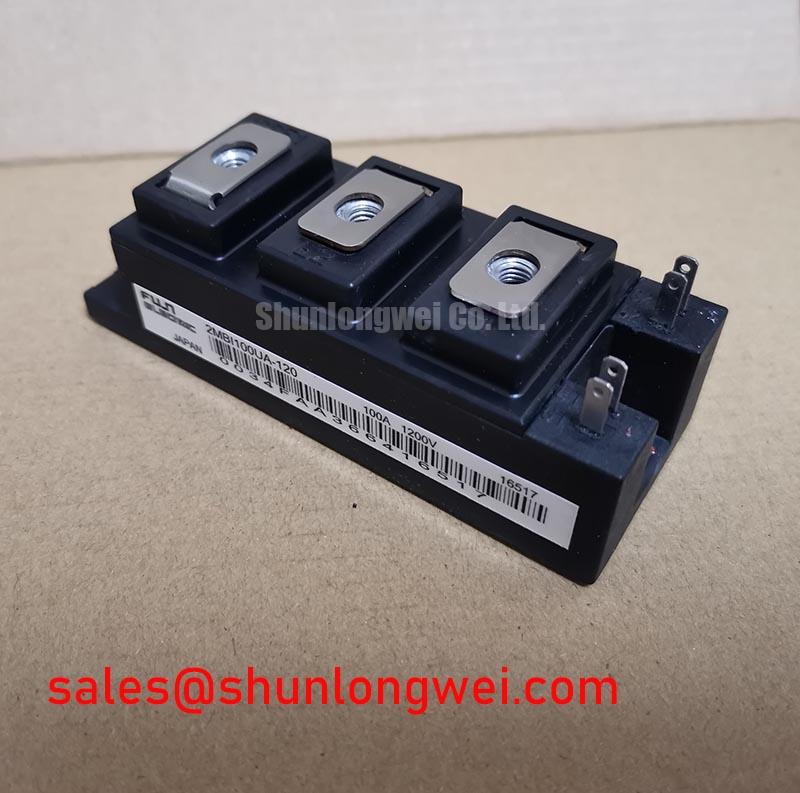G156XW01 V101: 15.6-Inch WXGA TFT-LCD with Integrated LED Driver
An Engineering-Focused Analysis of the AUO G156XW01 V101
Content last revised on October 19, 2025.
The AUO G156XW01 V101 is a 15.6-inch a-Si TFT-LCD module engineered to streamline system integration for industrial and portable applications. Featuring key specifications of 1366x768 WXGA | 220 cd/m² Brightness | Integrated WLED Driver, this display delivers two critical engineering benefits: a simplified driver board design and a reduced system bill of materials (BOM). It simplifies connectivity to embedded systems through its standard 1-channel, 6-bit LVDS interface, which removes the need for external backlight control circuitry. For designs requiring a cost-effective 15.6-inch display with minimal external components, the G156XW01 V101 is a highly efficient choice.
Key Parameter Overview
Decoding the Specifications for Simplified System Integration
The technical specifications of the G156XW01 V101 are tailored for efficiency and ease of implementation. The following parameters are central to its value in embedded and industrial systems.
| Parameter | Specification | Engineering Value & Interpretation |
|---|---|---|
| Display Size & Resolution | 15.6 inch | 1366(RGB)×768, WXGA | Provides ample screen real estate for typical Industrial HMI and data monitoring applications in a standard 16:9 aspect ratio. |
| Backlight System | WLED with Integrated LED Driver | This is the key integration feature. It eliminates the need for an external constant-current driver board, reducing design complexity, board space, and overall system cost. |
| Luminance & Contrast | 220 cd/m² (Typ.) | 500:1 (Typ.) | Offers sufficient brightness and clarity for indoor environments such as control rooms, laboratories, and point-of-sale terminals. |
| Interface Type | LVDS (1 ch, 6-bit), 40 pins | A robust and widely adopted interface ensures broad compatibility with single-board computers and embedded controllers, simplifying signal routing. |
| Power Consumption | Total 7.58W (Typ.) | Low power draw makes it a viable option for battery-powered portable instrumentation or systems where thermal management is a primary concern. |
| Operating Temperature | 0 ~ 50 °C | Suitable for controlled industrial and commercial environments that do not experience extreme temperature fluctuations. |
| Module Dimensions | 363.8(W) × 215.9(H) × 5.2(D) mm | The slim 5.2mm depth profile enables the development of compact and lightweight end-products. |
Download the G156XW01 V101 datasheet for detailed specifications and performance curves.
Application Scenarios & Value
System-Level Benefits in Industrial and Medical Applications
The G156XW01 V101 is engineered for applications where development speed, cost-effectiveness, and integration simplicity are paramount. Its feature set provides tangible value in several key sectors.
A primary application is in the development of Portable Medical Devices, such as patient monitors or diagnostic equipment. In this context, engineers face the dual challenges of limited internal space and the need for efficient power consumption to maximize battery life. The G156XW01 V101's integrated WLED driver directly addresses this by freeing up PCB real estate that an external driver would otherwise occupy. Its modest 7.58W total power consumption helps extend the device's operational time, a critical factor in mobile healthcare environments.
- Industrial HMI Panels: The standard LVDS Interface and WXGA resolution are well-suited for factory automation controls and process monitoring systems that require a clear, reliable graphical interface without the cost of a high-resolution panel.
- Test & Measurement Equipment: The 15.6-inch size offers a significant upgrade over smaller displays for visualizing complex datasets and instrument readouts in laboratory settings.
- Point-of-Sale (POS) Systems: Its slim profile and low power draw are ideal for modern, compact POS terminals where space and thermal output are constrained.
While the G156XW01 V101 is optimized for WXGA resolution, systems requiring higher data density for detailed schematics or advanced user interfaces may consider the G156HTN02.1, which offers a Full HD (1920x1080) resolution in a similar form factor.
Engineer's FAQ: G156XW01 V101 Integration Details
Addressing Key Design and Implementation Questions
What is the primary benefit of the integrated WLED driver in the G156XW01 V101?
The primary benefit is system simplification. It accepts a wide DC voltage input (7V to 21V) for the backlight and manages the required constant current internally. This eliminates an entire component from the system BOM—the external LED driver board—which saves cost, reduces PCB space, and shortens the design cycle.
How does the 3.3V logic voltage simplify integration with modern microcontrollers and SBCs?
A 3.3V logic level is a common standard for modern embedded systems, including many popular single-board computers (SBCs) and microcontrollers. This shared voltage rail simplifies power supply design, often allowing the display's logic to be powered directly from the host's main supply without requiring additional level shifters or voltage regulators.
Is the LVDS interface on this module compatible with most standard graphics controllers?
Yes, the single-channel, 6-bit LVDS interface is a widely adopted industry standard. Most graphics controllers, FPGAs, and display interface ICs designed for the embedded and industrial markets provide native support for this configuration, ensuring broad compatibility and a straightforward hardware connection.
What does the 6-bit color depth mean for visual performance?
A 6-bit color depth allows the display to render 262,144 distinct colors. While not intended for color-critical graphics work, this is perfectly adequate for the vast majority of industrial user interfaces, displaying status indicators, simple graphics, and text with clarity and sufficient color differentiation.
How does the anti-glare surface treatment benefit usability in typical industrial environments?
The anti-glare surface diffuses ambient light reflections from sources like overhead lighting. This significantly reduces glare and improves screen readability, which is critical for reducing operator eye strain and ensuring that on-screen information can be read quickly and accurately in various lighting conditions.
Technical Deep Dive
A Closer Look at the Integrated WLED Driver and LVDS Interface
The engineering value of the G156XW01 V101 is best understood by examining its core integration features. The built-in driver for the WLED backlight is more than a convenience; it is a strategic design choice that offloads a complex task from the system designer. Think of it as having a dedicated power management IC directly on the display's FPC. Instead of designing a separate circuit to convert a system voltage to the precise constant current required by the LED backlights, an engineer simply needs to provide a single, wide-range DC voltage. This abstraction layer simplifies the main power tree and reduces susceptibility to noise that can be introduced by external switching regulators.
Complementing this is the LVDS interface. In an industrial setting, electromagnetic interference (EMI) from motors, relays, and power lines is a constant concern. LVDS utilizes differential signaling, where two wires carry inverse versions of the same signal. The receiver interprets the difference between them, effectively canceling out common-mode noise picked up by both wires. This inherent noise immunity ensures a stable and reliable video signal, which is essential for maintaining the integrity of the human-machine interface.
Industry Insights & Strategic Advantage
Meeting the Demand for Efficient and Cost-Effective HMI Design
The G156XW01 V101 from AUO is well-positioned to meet a persistent trend in the Embedded Systems market: the need for rapid development and cost-optimized hardware. For OEMs creating mid-volume industrial machinery, medical instruments, or automation systems, the total cost of ownership and time-to-market are often more critical than achieving peak display performance. This a-Si TFT-LCD module's value proposition is not in high brightness or an ultra-wide color gamut, but in its practicality.
By integrating the backlight driver and using a universally compatible LVDS interface, the module removes two potential points of friction in the design process. This allows engineering teams to focus their resources on core application software and system features rather than on display subsystem integration. In a competitive landscape, this acceleration can mean the difference in capturing market share. The G156XW01 V101 serves as a pragmatic building block for creating reliable and cost-effective display solutions.
An Engineer's Perspective
From an integration standpoint, the AUO G156XW01 V101 presents a low-friction path to implementing a 15.6-inch display. The combination of an integrated LED driver and a standard LVDS interface removes common hardware design hurdles. This allows for a focus on the host controller and software development, making it an effective choice for projects where budget and development timelines are key constraints. Its specifications are a direct match for a wide range of indoor industrial and commercial applications that require a reliable, no-frills HMI solution.

